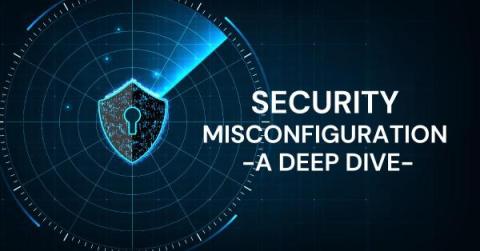Selecting SIEM Tools - Questions to Consider
So, you’ve done your homework. You’ve clearly defined business requirements, and you think you want to implement a Security Information and Event Management (SIEM) solution into your organization. Cloud migration and remote work have changed the way threat actors attack, and it feels like every day you read about a new methodology. While a lot of companies added a SIEM to their cybersecurity technology stack, you’re not sure whether you can afford one.










